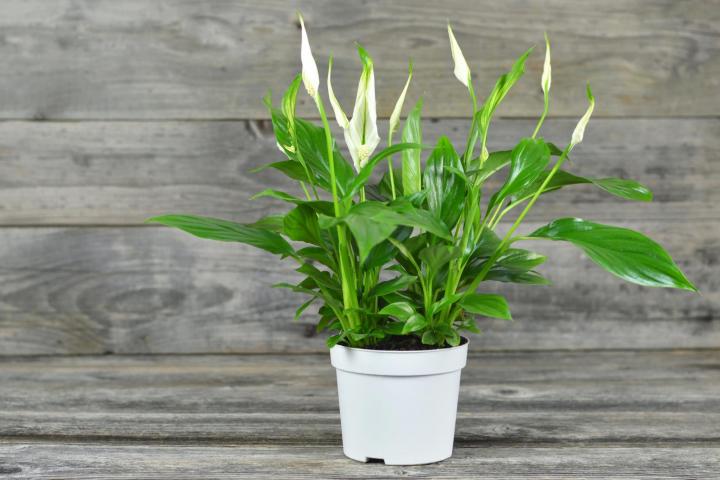Learn how to care for a peace lily, one of the most popular indoor plants. These beautiful houseplants are fairly easy to grow, but it’s important to know how often to water peace lilies and what to do if their leaves droop or turn yellow. Plus, find tips on how to repot your peace lily to keep ithappy!
About PeaceLilies
Peace lilies are not true lilies. Theyaretropical, evergreen plants in the Arum family, native to tropical Central and South America. These plants thriveon the forest floor, where they receive dappled sunlight and consistent moisture and humidity.Replicating these conditions in the home is the key to getting your peace lily to be happy andhealthy.
With enough light, peace liliesproduce white to off-white flowers starting in the early summer, continuing to bloom throughout the year in the rightconditions.
Most household varieties of peace lily grow up to 16 inches tall, but larger outdoor cultivars can have leaves that reach up to6 feet in height. Peace lilies are not cold-hardy plants, so they can only be grown outdoors in warm, humid climates (USDA Zones 10,11).
Is the Peace Lily Toxic to Cats andDogs?
Yes, peace lilies are mildly toxic. All parts of the peace lily plant contain calcium oxalate—a substancethat may cause stomach and respiratory irritation if ingested in large amounts. Keep peace lilies out of reach of small children and pets who might chew on the plant. Other common plants that contain calcium oxalate include philodendrons,daffodils, true lilies, and hyacinths.


